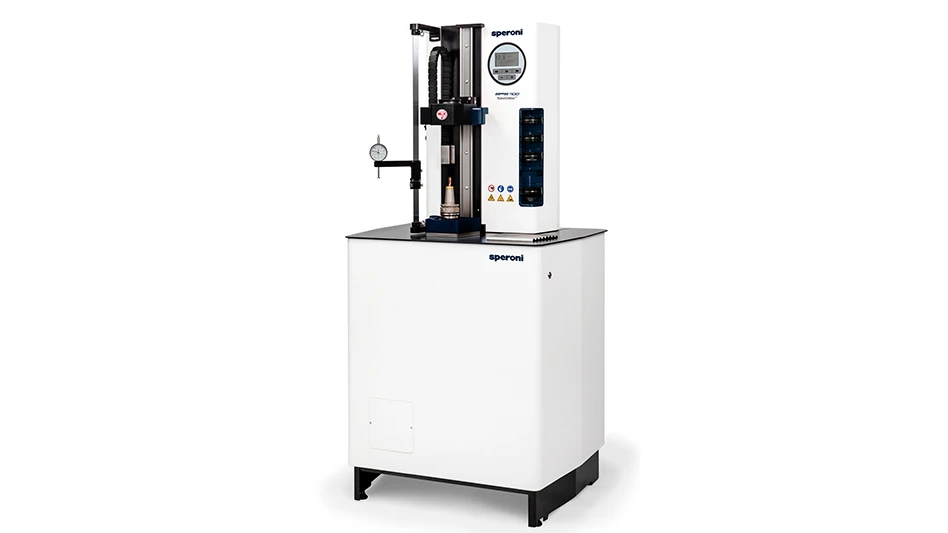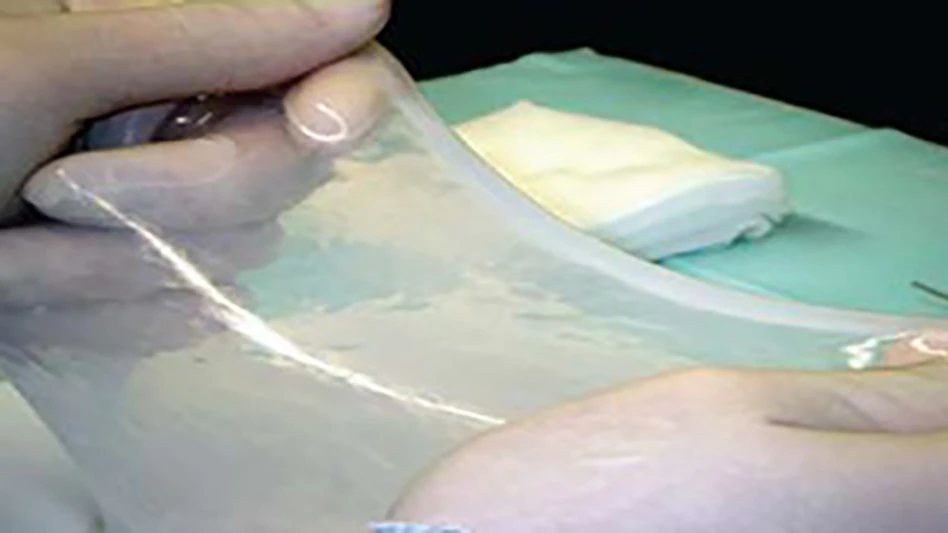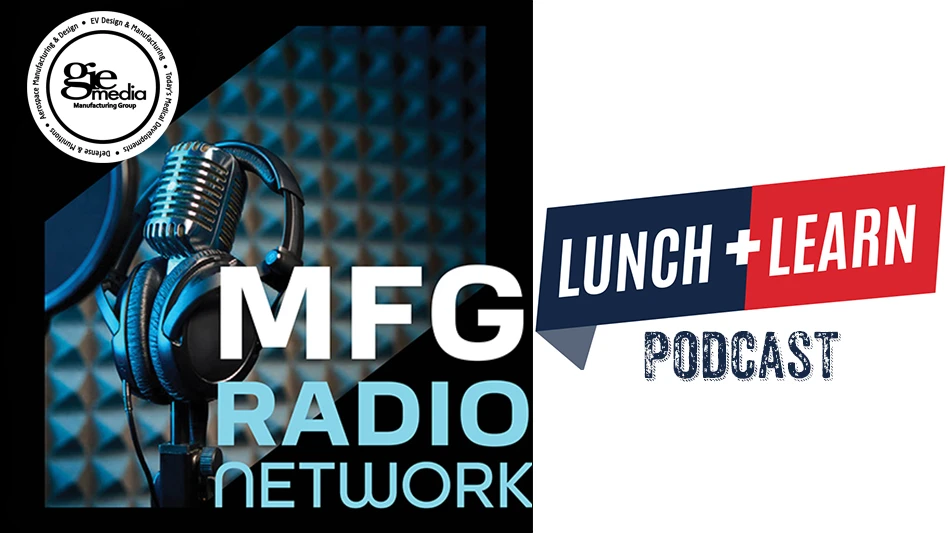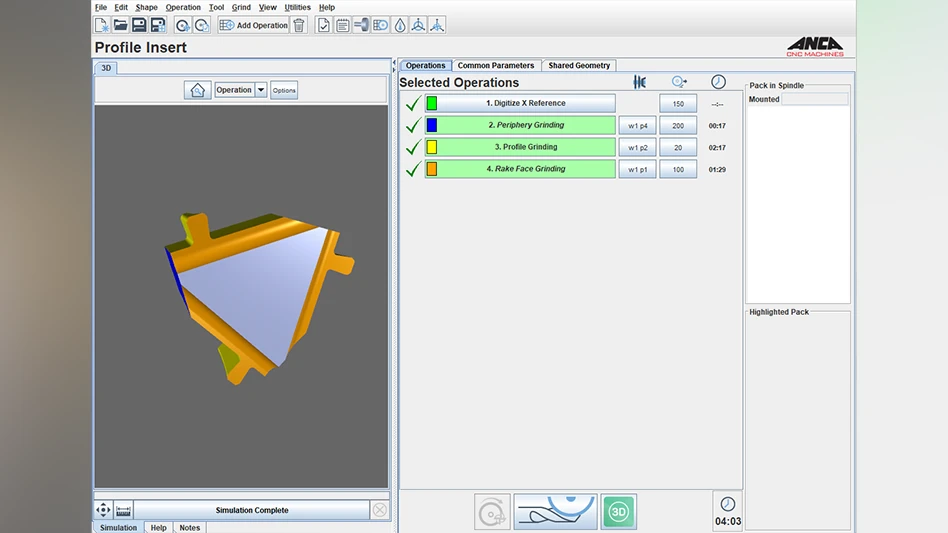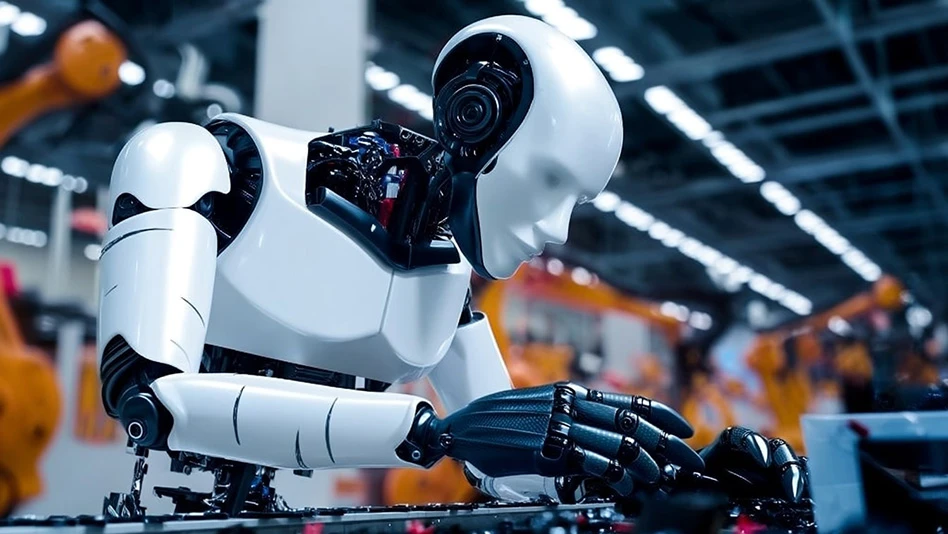
Editor's Note: This article originally appeared in the July 2025 print edition of Today's Medical Developments under the headline “The fine details of abrasives for orthopedic implants”.
When it comes to orthopedic implants, surface finish isn’t an aesthetic matter. Infection prevention, mobility, and osseointegration are a few of the factors affected by an implant’s surface finish or texture – which gets tricky because often a single implant requires multiple surface finishes. The back of a joint replacement, for example, may need a roughened surface to better facilitate osseointegration, while the front requires a much smoother finish to allow easy movement.
With so many varying surface finish requirements, medical device manufacturers need a range of abrasive products, and it can be difficult to sort through the numerous grain sizes, abrasive materials, and types of solutions available. At what stage of production should you use a grinding wheel as opposed to a sanding disc? When should you use an abrasive belt, and what backing material and grit size should it have? The options can be overwhelming.
Norton | Saint-Gobain offers solutions for each stage of finishing an orthopedic implant, as well as other medical applications ranging from surgical tools to bed railings and countertops in hospital rooms. Tony Landes, senior product manager for the company’s precision coated product line, has been with the company for more than 30 years and has a deep understanding of the nuances of working with abrasives.
He points out that much of selecting the correct abrasive product comes down to grit size. For traditional coated abrasive products the smaller the grit number, the more aggressive the abrasive is, so for heavy material removal, you might choose a 24-grit product, while a fine polish requires something like a 3,000-grit size. The orthopedic implant manufacturing process requires several different sizes, beginning at the rough end of the scale and gradually moving to the finer end.

A knee implant, for example, is often produced by casting. Molten metal is poured into multiple connected molds to create multiple implants at once, and when they cool and harden, they’re attached in what’s called a tree. Each implant needs to be separated from the tree with a cut-off wheel, followed by removal of the gate, a rough spot on the implant from where it was attached to the tree. A coarse-grit abrasive belt grinds away that attachment point, followed by additional steps ultimately leading to creating a smooth finish with a fine-grit belt.
Engineered abrasive belts
Through extensive and on-going research and development, Norton has dedicated itself to advancing abrasives, which have come a long way since people were literally gluing rocks to paper to sand down surfaces. Today, many abrasives used in manufacturing feature engineered grains designed for specific applications.
“We have aluminum oxides, crushed silicon carbides, zirconia, ceramic grains – all these different types of minerals that are better than just the regular flint and garnet that were harvested or mined from the ground a century ago,” Landes says. “Conventional abrasive grain can get dull, and the size of the scratches imparted on components changes. For example, you may have deep scratches when the belt’s new and really small scratches as the belt gets used. So, in this example, you have this very inconsistent scratch pattern over the life of the belt.”

In orthopedic implant manufacturing, inconsistency is unacceptable, as it can lead to product defects or even rejection after implant. So consistency was a key factor in the development of the latest generation of Norton’s NORaX N889 Micro-Structured Abrasive Belts.
The N889 belts are engineered with a micron-grade aluminum oxide grain structured in a fine 3D pyramid pattern. This pattern wears away consistently, exposing sharp abrasive grains to prolong cutting performance, lasting 2x to 5x longer than conventional polishing belts. Landes explains the process of constructing the belt surface as somewhat like mixing cake batter – the grains are mixed together in a resin which is then applied to the backing. A macro pattern is added to the resin/grain coating so instead of a single layer of grains wearing away with use, the N889 has multiple layers – and the key is the resin and grains wear away simultaneously, so as each layer comes off, a new, sharp layer is exposed, resulting in consistent finish from beginning to end.
In addition, the softness of the resin used in the N889 belt and other engineered abrasive products avoids friction and heat buildup by wearing away more easily than conventional abrasives, which generate more heat. That heat transfers to the part, potentially leading to warping or other defects avoided with the softer resin coating.
Flexibility and fineness
About four years ago, Landes started working with the Norton Abrasive Process Solutions (APS) Program, which was established to help customers determine the optimal grinding or finishing solution for the application at hand, ranging from simple to complex, off-hand to automated, and for production grinding, metal fabrication, or virtually any abrasives operation. At the core of the program is a robotic cell located in Northborough, Massachusetts that the APS team uses to help customers transfer manual processes to automated ones using Norton abrasives. The cell demonstrates how robots can perform formerly manual operations, reducing issues with operator fatigue and part consistency and quality. However, to deliver consistent results, robots need consistent tools – robots lag behind human operators in the ability to examine a part and decide if it needs more processing or if a new, fresh abrasive product is needed. Thus, the reliability of engineered abrasives is more conducive to automation.
Landes is highly enthusiastic about the N889 belt’s potential in orthopedic implant production. The backing of an abrasive belt is just as important as the grains attached to it. Like grains, belt backings have different grades, but are classified according to their flexibility rather than size. The N889 has a J-weight rayon backing, the most flexible grade used in abrasives. This allows it to wrap around the complex, curved surfaces of knee and hip implants, rather than sanding flat spots as a stiffer belt would.

Another advantage of the N889 is its aluminum oxide abrasive surface. While other abrasive materials have impressive grinding ability, some of them, such as silicon carbide, can’t easily be made in the fine grit sizes needed to get that mirror finish many medical components require. The aluminum oxide N889 is available in a wide variety of grit sizes, beginning with the ultrafine X6 and expanding up to X100.
Norton customers have reported positive results from using the new N889 belts – one case study shows a 40% increase in parts per belt and 28% reduction in total cost per part compared to a competitive belt.
“Using a belt like this allows manufacturers to increase their uptime and throughput,” Landes says. “They can get more parts out, and at the same time, decrease the rejects. The more consistent the finish, the fewer burns and bad parts you have. This reduces the need for manual rework and increases productivity and profitability.”
Norton | Saint-Gobain
https://www.nortonabrasives.com

Explore the July 2025 Issue
Check out more from this issue and find your next story to read.
Latest from Today's Medical Developments
- Teleflex sells acute care and urology businesses for $2.03 billion
- HANNOVER MESSE: Where research and manufacturing meet
- What’s next for the design and manufacturing industry in 2026?
- Arcline to sell Medical Manufacturing Technologies to Perimeter Solutions
- Decline in German machine tool orders bottoming out
- Analysis, trends, and forecasts for the future of additive manufacturing
- BlueForge Alliance Webinar Series Part III: Integrate Nationally, Catalyze Locally
- Robot orders accelerate in Q3
